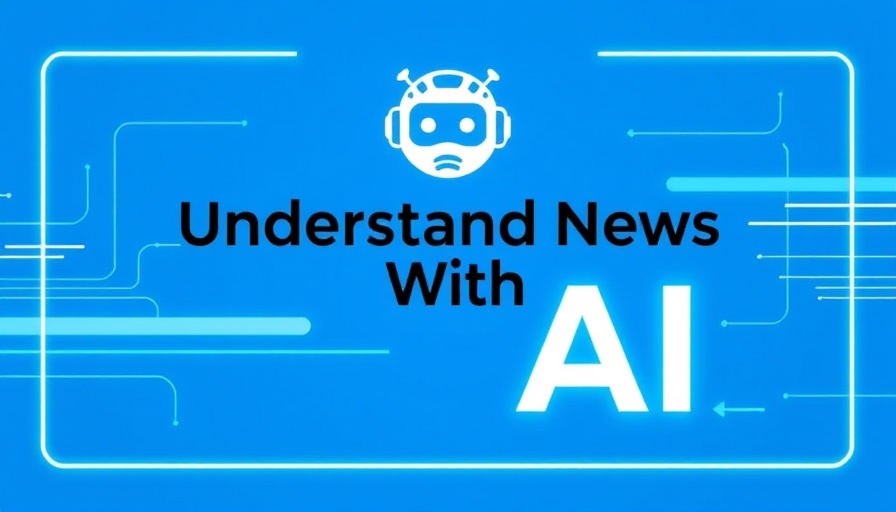
Under 25s Face an Unsettled Future as AI Takes Center Stage
In a world increasingly dominated by technology, the integration of artificial intelligence (AI) into the workplace is reshaping industries and threatening job security, particularly for younger workers. Recent findings reveal that those aged under 25 are at the highest risk of facing job cuts linked to AI advancements. This unsettling trend begs the question: what does the future hold for this young workforce?
Understanding the Threat: Why Young Workers Are Most Affected
The employment landscape is evolving, with AI technologies automating tasks traditionally performed by humans. According to research, individuals under 25 often occupy entry-level positions, primarily in industries ripe for automation, such as retail, customer service, and administrative roles. The job market they once entered with hope now poses a considerable threat as AI systems become increasingly proficient at performing these tasks.
Different Perspectives: The Youth Factor in Job Losses
While statistics indicate substantial risks, it’s crucial to acknowledge varied perspectives on the implications of AI job losses. Some experts argue that though technology can replace certain jobs, it also creates new opportunities. Upskilling and reskilling initiatives are important strategies to ensure that the younger workforce can pivot into emerging fields. Moreover, some industries—such as tech and healthcare—continue to thrive and require human expertise that AI cannot replicate.
Future Predictions: Job Markets and Training Initiatives
As the AI landscape develops, so too must the training programs that prepare young people for the future. Schools and vocational institutions are urged to adapt curricula to provide skills in digital literacy, problem-solving, and emotional intelligence, qualities that robots and algorithms cannot replicate. Investment in these educational shifts can equip young people to thrive amid the challenges posed by AI.
Understanding AI Job Cuts: Realities and Risks Ahead
The surge in AI job cuts is not merely a dry statistic; it's a life-altering reality for many young individuals. As they navigate these uncertain waters, the emotional toll can be significant. Young workers often feel the brunt of job losses, impacting their financial security and mental well-being.
The Human Connection: Stories of Resilience
In the face of adversity, countless stories of resilience emerge from these communities. Young individuals are channeling their passions into entrepreneurial ventures, fostering local initiatives, or acquiring new skills through workshops. These grassroots movements highlight the enduring human spirit, demonstrating that even amidst AI job loss, innovation and tenacity persist.
Next Steps: Ensuring a Bright Future for Young Workers
Employers and policymakers alike hold a responsibility to address the ramifications of AI job losses among young people. By offering mentorship programs, internships, and access to continuous education, they can help bridge the gap and safeguard the future of this generation. Every effort counts in ensuring that young workers find their footing in an evolving employment landscape.
What You Can Do: Engage and Advocate
As community members and advocates, it is vital to engage with local initiatives supporting young workers. Attend workshops, support local entrepreneurship efforts, or even campaign for policy changes that nurture youth employment. Together we can forge a supportive environment that empowers the under-25s to navigate the changing job market with confidence.
In conclusion, while the threat of AI job cuts looms large, a proactive and supportive approach can pave the way for a brighter future for our youth. By fostering connections and providing resources, we can ensure that this generation does not merely survive but thrives in an AI-driven world.
 Add Row
Add Row  Add
Add 




Write A Comment